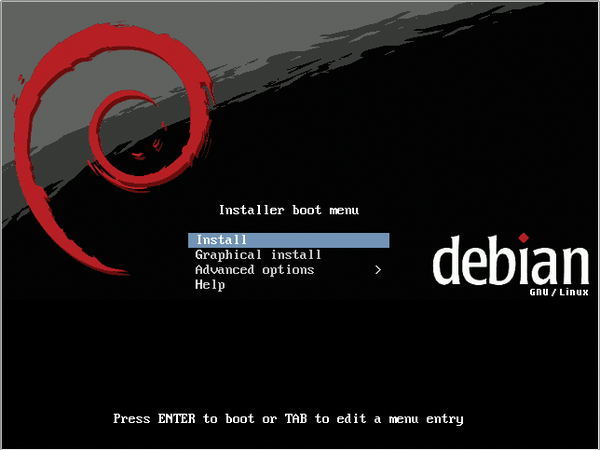

This privacy notice provides an overview of our commitment to privacy and describes how we collect, protect, use and share personal information collected through this site. Pearson Education, Inc., 221 River Street, Hoboken, New Jersey 07030, (Pearson) presents this site to provide information about products and services that can be purchased through this site.
DEBIAN FIND FILE HOW TO
Now you understand not only how to use pwd, but also the gotchas you might run into when you use it. bash_aliases file (discussed in Chapter 12’s “Create a New Permanent Alias” section) that looks like this: alias pwd="pwd -P" Since I actually prefer the -P option as the default, I like to use an alias in my. I don’t know about you, but when I use pwd, I usually want to get back the actual physical location (the target), not the logical location (the source). So there’s a soft link with a source websites that points at a target /var/Notice what comes back: the logical directory of /websites, the source of the soft link, which isn’t the actual working target directory of /var/On the other hand, if you enter pwd -P (or -physical), you instead get back the target of the soft link, which is /var/www. Lrwxrwxrwx scott scott websites -> /var/www/ Assuming you have, check out the following: # ls -l

In Chapter 3 you’re going to find out about the ln command (“Create a Link Pointing to Another File or Directory”), so you might want to skip ahead and read that to fully understand what I’m about to show you. There is one thing you should be aware of, however, and this can really confuse people. It’s not something you’ll use all the time, but it can be incredibly handy when you get a bit discombobulated. The pwd command displays the full, absolute path of the current, or working, directory. The word print in print working directory means “print to the screen,” not “send to printer.”


 0 kommentar(er)
0 kommentar(er)
